Raising the Stakes
The quality of the soil that you’ll be using for your plants may just be the most important part of gardening. All the sun, watering, fertilizers, and tender loving care will be in vain if you plant your desirables and edibles in poor soil.
This fact is even more important when you raise the stakes, quite literally, by starting your very own raised beds!
Raised beds provide a bevy of advantages when you choose to start a flowering plants area in your garden or a new vegetable patch. However, several concerns arise. For one thing, what real benefits do raised beds provide? More importantly, what is the best soil mix for raised beds?
We’ll address these concerns and more in this article so read on!
Soil Mixes and Raised Beds

I can say for a fact, that once you start building and growing on raised beds, your garden’s productivity, as well as your own enjoyment, will reach new heights! How so? Let’s start with the many benefits that raised beds bring to gardening.
The Benefits of Raised Beds
Choice Soil Mix
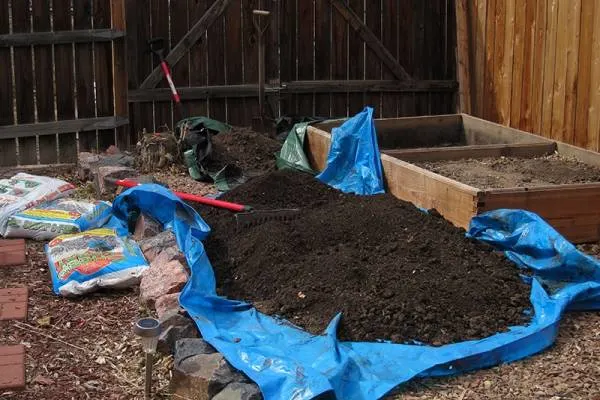
Good soil may just be the most important ingredient when it comes to gardening. In raised bed gardening, you have the benefit of choosing and customizing the type and composition of the soil that will be ideal for the plants your growing.
Weed Control
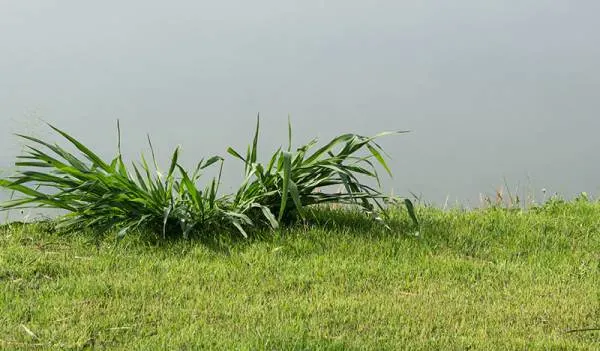
Raised beds hinder and control weed growth while keeping your plants away from them. Hence, whether you’re planting vegetables or flowers, they will not compete for the nutrition in the soil with undesirable plants.
Prevent Soil Compaction
You won’t have to step on, disturb, or work on the soil enclosed within the beds keeping it fluffy, loose, and aerated. These conditions are ideal for plant growth and root health.
Soil Drainage
Raised beds substantially improve soil drainage due to the several layers of loose, cultivated soil. Therefore, you won’t have to worry too much about root rot or water clogging.
Pest Protection
In addition to weed protection, raised beds also protect your precious plants from bigger pests such as snails, burrowing animals, and rodents! When building your raised bed, you’ll need to add a layer of tarpaulin or a galvanized mesh on the bottom and sides.
Also, you can add further rodent protection by using the best mouse trap here.
Erosion Guard
The soil and your plants will have a stabilized home and foundation which will protect them against erosion or excessive runoff from rain.
Grow More Plants
You’ll actually extend the growing season. Raised beds increase the exposure of the soil’s surface area.
Efficient use of Space
Cost-efficient use of space for fruit and vegetable producing plants. With raised beds, you’ll be free to practice intercropping which means you’ll be able to grow more plants in a particular space.
Intercropping is where you grow plants close enough for their leaves to just touch. This practice creates a microclimate beneath the leaves which will choke out leaves as well as conserve moisture.
Reduced Fatigue and Easy Access
Finally, one of the most tangible and immediate benefits of raised-bed planting is how it effectively reduces strain and fatigue! You won’t need to bend down or get on your knees to tend to your plants. This advantage is especially attractive for the elderly or those with physical limitations.
Once you enjoy the comfort of gardening while seated or standing, you’ll wonder why you didn’t start raised bed gardening sooner!
Essential Tools You’ll Need
Surely, all the benefits that we’ve discussed must have motivated you to start preparing the soil for your raised beds! So, what tools will you need as you make the best soil mix for raised beds?
1. Shovel
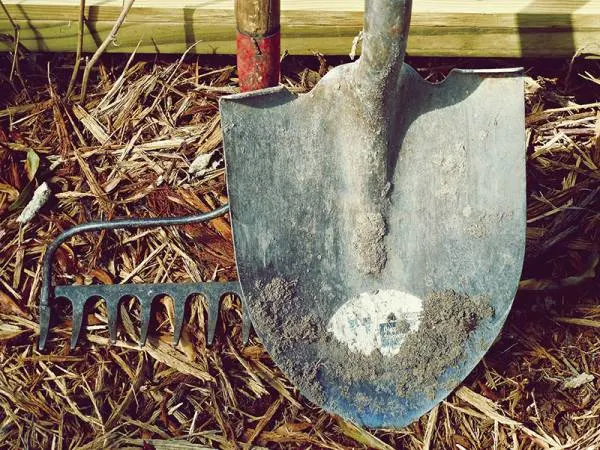
You’ll be moving and mixing a lot of soil so take your trusty shovel with you. For the most comfortable experience, make sure to get the best shovel for the job.
2. Wheelbarrow
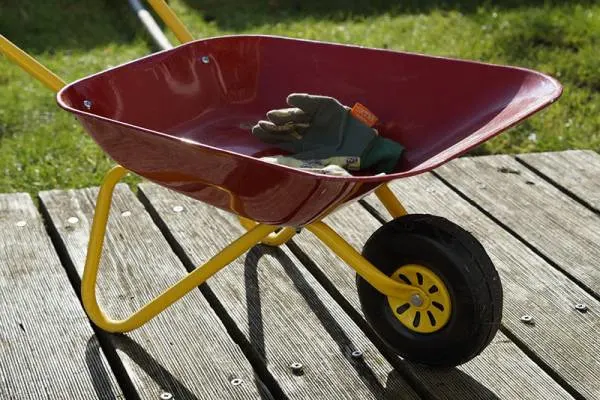
A sturdy wheelbarrow will perfectly complement your shovel, especially in raised bed gardening. More importantly, if you plant to prepare the soil for several raised beds, a sizable wheelbarrow will be essential! Take a look at my pics for the best wheelbarrows here for some great ideas.
3. Mulch
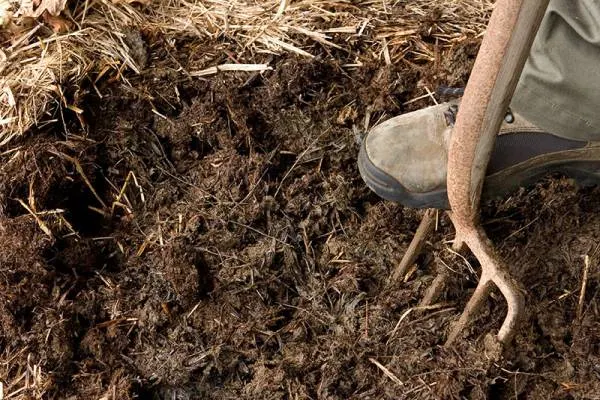
Mulching is necessary for any garden environment. In raised bed gardening, they become even more useful. For example, you can use mulch for the pathways between raised beds to prevent weed growth, or you can improve the growing environment and soil of your vegetables.
Unsure about how much mulch to use? Here’s a handy article about exactly that.
4. Fertilizer
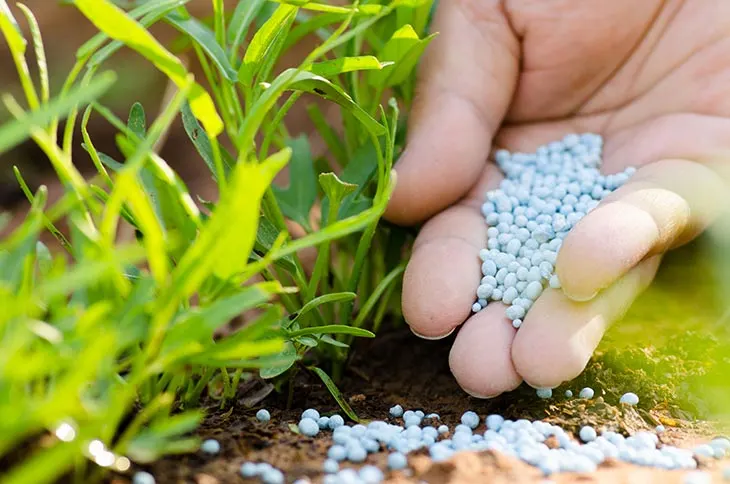
Rich and regularly fed soil will ensure the healthiest plants, biggest flowers, and the highest yield. Hence, it would be wise to get the right kind of fertilizer for your plants. Why not read up on fertilizer as well as the essential N-P-K traits that your soil will need? Start reading about fertilizers here.
5. Soil Test Kit
Even a basic understanding of nutrient-rich soil will tell you the importance of measuring NPK and pH levels. Acquiring this information is critical for optimal plant health since you’ll be able to pinpoint the amendments and nutrients that your soil needs.
If you don’t have a Soil Test Kit yet, I’d recommend the Luster Leaf Rapitest Soil Kit. It’s been a big help when I need to gauge the health of my soil.
With this simple test kit, you can measure for soil pH levels, as well as nitrogen, phosphorus, and potassium (NPK). Additionally, the test kit comes with a chart of over 100 plants and their ideal pH as well as NPK.
6. Instant Raised Garden Beds
Typically, wood, polycarbonate, or even concrete make up the walls of raised garden beds. However, you can also make use of fabric raised bed containers for an instant or temporary fix.
4 Best Soil Mix For Raised Beds
Once you have all your tools ready, it would be time to prepare the all-important soil mix for your raised bed. Again, the best soil mix will depend much on the type of plant you’ll be growing. So you’ll have to take into account the plant’s specific nutritional needs.
However, a general rule of thumb is to use loose soil that is rich in organic matter and nutrients. This type of soil will give plant roots free rein to grow and expand. So what soil mix will have these good traits?
Potting Soil
Your go-to soil mix should be potting soil. Potting soil is typically a combination of topsoil, compost, organic matter, as well as various minerals. Use your Soil Test Kit, so you’ll have an idea of a specific product’s nutrient levels.
Here are four great potting soil products, especially for your raised beds:
1. Soil Mender Raised Bed Mix

Details:
The first potting soil I can recommend is the all-natural soil mix of The Soil Mender Raised Bed Mix. With it’s combination of natural compost, topsoil, coco fiber, and a variety of organic material, this soil mix is excellent for general gardening use but most especially for raised beds.
A single bag is enough for 1.5 cubic feet of space.
2. Dr. Earth Natural and Organic Potting Soil
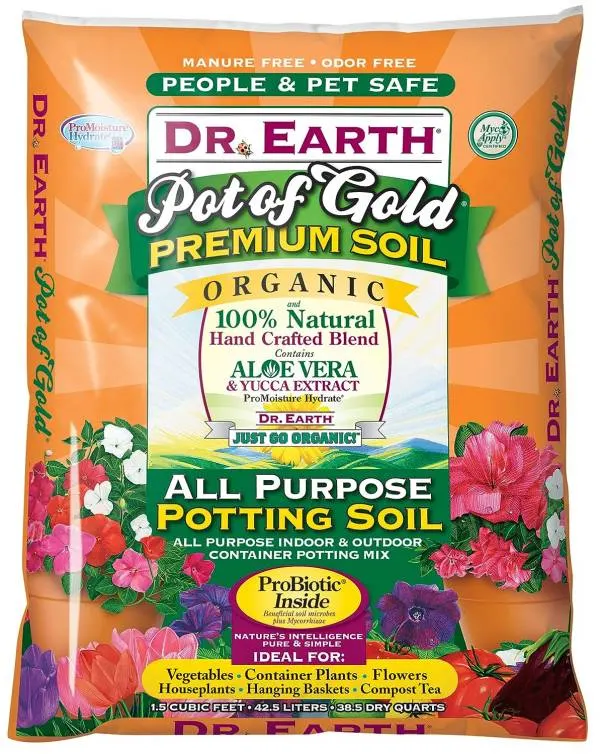
Details:
Also big enough for 1.5 cubic feet is the organic potting soil from Dr. Earth. Due to its natural and biological properties as well as the amendment of beneficial soil microbes, this soil mix is ideal for raised beds and large containers.
3. Black Gold CocoBlend Potting Soil
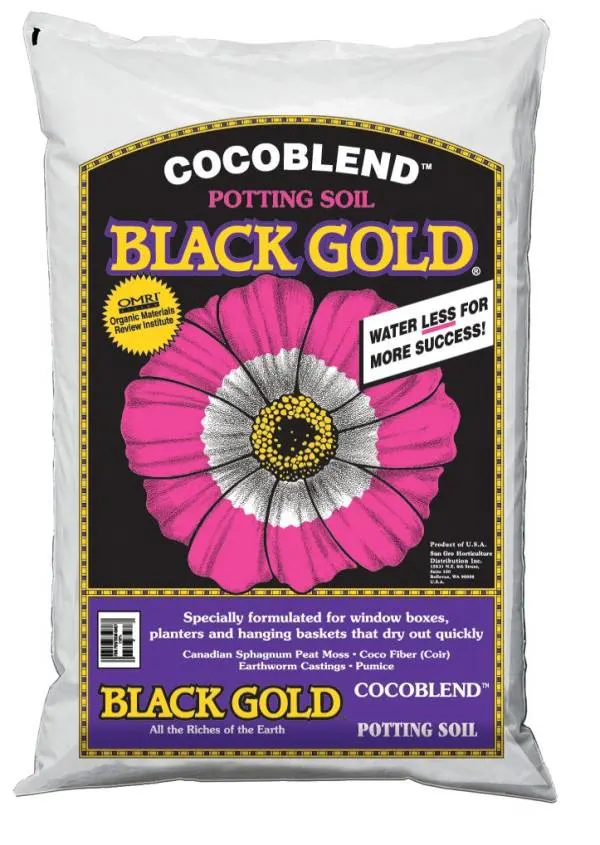
Details:
In dry and arid areas where excessive soil drainage may lead to thirsty plants, using Black Gold CocoBlend Potting soil will be your best bet. Due to its use of sphagnum peat and coco coir, the soil is excellent at retaining water while staying loose and aerated.
Additionally, this potting soil is quite convenient if you need a quick soil fix since you can use it straight from the bag.
4. Miracle-Gro Expand ‘N Gro Concentrated Planting Mix
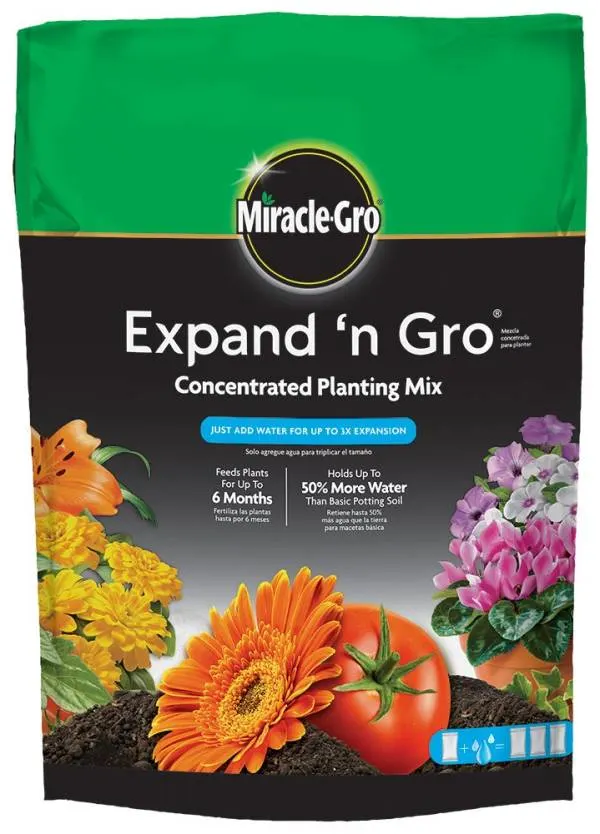
Details:
Among the four options for potting soil, my personal favorite might just be the Expand ‘N Gro from Miracle-Gro. I was pleasantly surprised at its small size which expands to 2 cubic feet of soil when mixed with water.
Hence, in addition to being rich in nutrients, this soil mix’s expanding properties improve drainage, aeration, and also keeps the soil loose and light. Plant roots will then have all the room to grow and thrive.
Soil Additives
Naturally, soil nutrients are a finite resource. Hence, you’ll need to amend and enrich your soil every so often. Typically, I’d recommend an annual or bi-annual soil feeding and enrichment. Moreover, using soil additives is often more affordable then a complete change of soil beds.
A great soil additive, as I’ve mentioned, is Coco fiber or coco coir. Consider, for example, Nature’s Footprint Coconut Coir Brick. This additive is 100% natural and easy to store. Then when you have a need for it, just add water and each brick will yield 0.125 cubic feet of nutrient-rich growing medium.
Try a Dedicated Compost Pile!
Saving some garden space dedicated for compost can save you a lot of money while also ensuring that you always have a rich soil additive on hand. You can choose to keep your pile on a reserve garden bed or get a compost bin.
This stainless steel compost bin from Epica will make sure you have several days’ worth of compost while keeping those compost odors in check!
Conclusion
Raised Bed Gardening brings numerous benefits both for your garden and your plants! However, you’ll need the best soil mix to be truly successful in this type of plant-rearing. Hence, make sure always to use quality, loose soil that is rich in organic material, and nutrients. Also, keep soil additives on hand.
Along the way, you can even customize the nutrients in your soil using specific soil amendments and a soil test kit.
Time to prepare those beds and start planting! Why not start a raised bed with these scintillating flowers that start with R?

